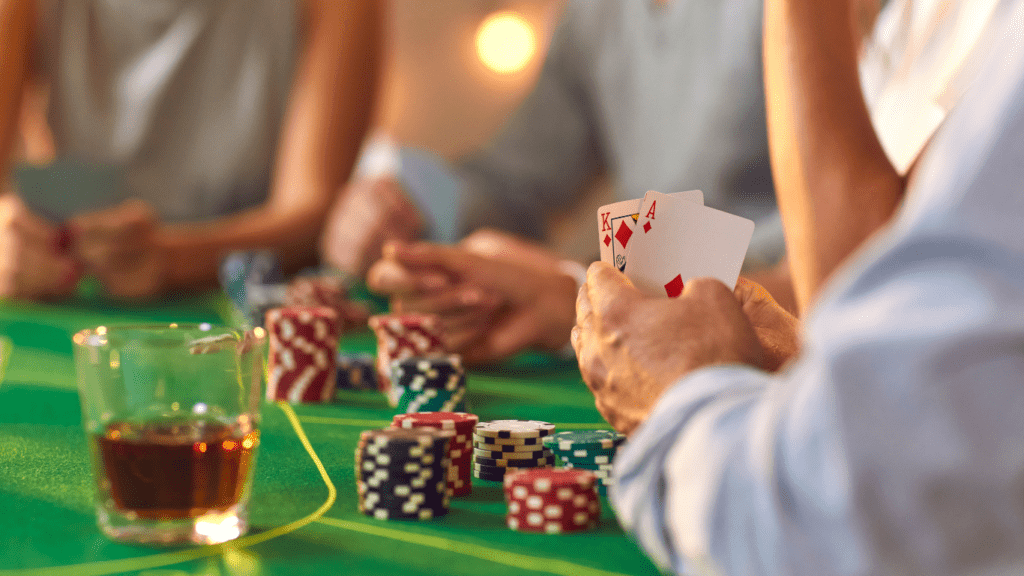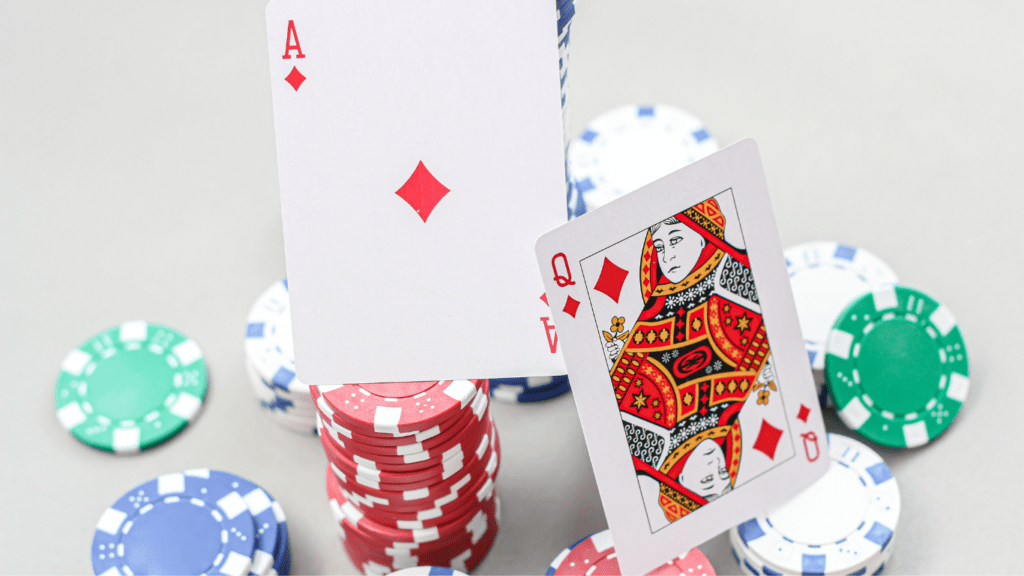Understanding Bluffing in Card Games
Bluffing plays a significant role in card games, especially in games like poker. It involves creating a false perception of one’s hand to gain an advantage.
Definition and Importance
Bluffing in card games means convincing opponents to believe in the strength or weakness of a hand that doesn’t reflect reality. This strategy’s importance can’t be understated; in poker, it allows players to manipulate others’ decisions, often leading to victory without holding the best cards. In contrast, games like blackjack depend more on predefined strategies and probabilities. However, understanding bluffing cultivates a player’s psychological insight, an asset in any competitive environment.
Common Bluffing Techniques
Several bluffing techniques are prevalent in card games.
- Betting Patterns: Players often change betting patterns to suggest a strong or weak hand. An unexpected large bet can intimidate opponents who may fold stronger hands.
- Body Language: Physical cues, whether deliberate or unintentional, often influence opponents’ perceptions. Subtle gestures or facial expressions can mislead others about a player’s hand.
- Verbal Tactics: Comments or remarks during a game can be used to mislead or manipulate opponents’ interpretations of a situation.
These techniques require careful execution as bluffing in poker contrasts with the calculated approach needed in games like blackjack.
The Role of Bluffing in Poker

Bluffing forms an essential component of poker strategy. Its impact on gameplay can’t be understated as it allows players to deceive opponents and control the pace of the game.
How Bluffing Changes the Game
Bluffing elevates poker from a game of simple chance to strategic warfare. It introduces unpredictability by making opponents second-guess their judgments. A successful bluff involves convincing others that you hold a stronger hand than you do, prompting them to make decisions they wouldn’t otherwise consider. Players leverage this to manipulate the pot size, often forcing opponents to fold stronger hands or extract maximum value when holding a weaker one. This dynamic shift alters the mathematical calculations typically used in poker, infusing the game with psychological tactics.
Famous Bluffing Moments in Poker
Several legendary poker hands have highlighted the art of bluffing. At the 2003 World Series of Poker, Chris Moneymaker’s audacious bluff against Sam Farha significantly turned the momentum, leading to his historic victory. Another classic moment is Tom Dwan’s high-stakes bluff against Phil Ivey in 2009, where Dwan managed to push Ivey off a superior hand. These moments exemplify the potential power of bluffing when executed flawlessly, reinforcing its critical role in the broader strategic landscape of poker.
Blackjack Basics
Blackjack is a popular card game known for its blend of chance and strategy. Players aim for a hand total of 21 or as close as possible without going over.
Rules and Objectives
In blackjack, the primary goal is to beat the dealer’s hand without exceeding a total of 21 points. Players and the dealer each receive two cards, with one of the dealer’s cards facing up. Card values are straightforward::
- face cards count as ten
- aces as one or eleven
- numbered cards as their face value
A winning hand, called “blackjack,” consists of an ace and a ten-point card. If the player’s hand exceeds 21, it’s a bust, resulting in an automatic loss.
Key Strategies to Win
Skillful play in blackjack involves understanding basic strategies to improve odds. Knowing when to hit, stand, double down, or split pairs is crucial. For example, hitting is wise when the total is low, while standing is beneficial when the hand total approaches 21. Doubling down, or doubling the initial bet for one extra card, can be advantageous with a strong hand against a dealer’s weak card. Splitting pairs, particularly aces and eights, creates opportunities for stronger hands. Card counting, tracking the ratio of high to low cards remaining, provides insights into potential outcomes, although casinos often discourage or restrict this tactic.
Comparing Bluffing in Poker and Blackjack
Bluffing plays a crucial role in poker but operates differently in blackjack due to distinct game dynamics and psychological factors.
Differences in Game Dynamics
Poker and blackjack each follow unique structures influencing bluffing viability. Poker thrives on player interaction, creating opportunities for deception. Each participant’s decision impacts others, making bluffing a powerful tool. Blackjack, conversely, pits players against the dealer, not each other. Success hinges on strategic choices and mathematical odds. While poker’s fluid dynamics cater to deceptive tactics, blackjack revolves around statistical probability and disciplined strategy.
Psychological Aspects of Bluffing
Bluffing in poker leverages psychological tactics to manipulate opponents. Observing betting patterns, reading facial expressions, and adapting behavioral cues shape effective bluffs. It introduces uncertainty, forcing adversaries to reassess their choices. In blackjack, such mind games hold less sway, as players aim to optimize decision-making without considering opponents’ reactions. While poker encourages psychological warfare, blackjack focuses on calculated risk, minimizing the scope for traditional bluffing.



 Senior Gambling Analyst
Ingrid Cox is the Senior Gambling Analyst at Dice Gamblers Deal, responsible for providing deep, data-driven insights into the strategies and odds behind various casino games. With a background in mathematics and statistical analysis, Ingrid brings a scientific approach to her role, offering players accurate and well-researched information on everything from blackjack hand probabilities to optimal roulette betting strategies. Ingrid's expertise allows her to break down the complex odds of gambling games, offering readers tools to better understand their chances and improve their strategies. Her work focuses not only on the numbers behind the games but also on trends within the gambling world, helping players stay ahead of the curve. Ingrid’s ability to translate difficult concepts into understandable strategies makes her a trusted authority for both beginners and seasoned gamblers looking to enhance their skills.
Senior Gambling Analyst
Ingrid Cox is the Senior Gambling Analyst at Dice Gamblers Deal, responsible for providing deep, data-driven insights into the strategies and odds behind various casino games. With a background in mathematics and statistical analysis, Ingrid brings a scientific approach to her role, offering players accurate and well-researched information on everything from blackjack hand probabilities to optimal roulette betting strategies. Ingrid's expertise allows her to break down the complex odds of gambling games, offering readers tools to better understand their chances and improve their strategies. Her work focuses not only on the numbers behind the games but also on trends within the gambling world, helping players stay ahead of the curve. Ingrid’s ability to translate difficult concepts into understandable strategies makes her a trusted authority for both beginners and seasoned gamblers looking to enhance their skills.
